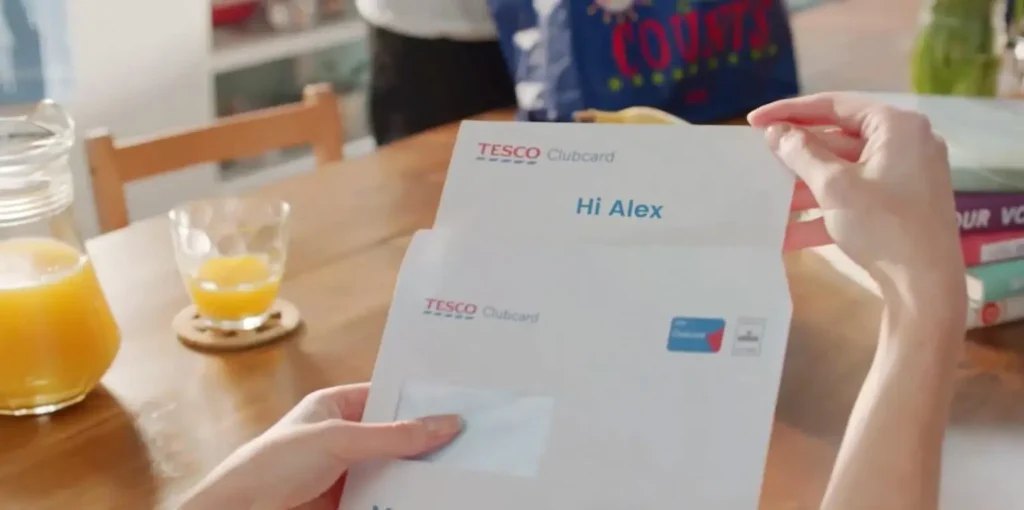A new survey, conducted by Arlington Research and Idomoo, uncovers insight into consumers preferences when it comes to brand communications. Of the key takeaways, one interesting finding is a pattern among high-value consumers. Over 60% of customers want brands to send them more videos. But who wants video the most? Younger consumers and affluent consumers.
That’s right. High earners and Gen Z (often millennials, too) are the ones who want video the most, and not only that, they want advanced video tech — think personalized, interactive and customizable video.
Watch now: Take a look at this example of advanced video technology below. If your name isn’t Morgan (and I don’t know your name — that would be weird), you can change it by clicking the lightning bolt in the player.
Despite an increase in demands for video communications, brands are failing to deliver. Almost 75% of respondents say they never or almost never receive video from businesses.
It’s critical, then, enterprises understand and reduce the gap between customer expectations and current practices. Below, we dig into a few of the key findings from our study and what enterprises should take away to improve their customer communications.
Video: Disrupting the Marketing Landscape
Email marketing is still popular among consumers. Over 50% of respondents name it as their preferred communication channel, although that preference is dropping with each generation.
However, that doesn’t mean you should be sending your customers long emails filled with text.
Here are some key takeaways from the study.
1. Customers Want Video
Most customers want video from brands, but Gen Z and high earners really want it. Nearly 8 out of 10 high earners and zoomers said they want more video from brands.
High earners are an obvious target audience for many companies, but Gen Z points the way to the future. As this newest generation gains more purchasing power, they’ll continue to sway trends. The result? Video will become even a bigger demand in business comms.
Key finding
Nearly 8 out of 10 high earners and zoomers said they want to receive more video from brands they do business with.
2. Make It Omnichannel
So what does this mean for brands? It’s not email vs. video. It’s email with video.
Businesses can still send emails — a tried-and-true channel customers rely on — but the content needs to change. Don’t send long emails with paragraphs of text that are easy to skip. Include visuals, especially video, so customers stay engaged.
Key finding
Omnichannel communication was the No. 1 request from consumers when ranking how personalized brand messages could be improved. They want them to be easy to access across web, email, apps and more.
And you’re not limited to email. Remember that the love of email is waning among younger generations. Connect with customers in app, via SMS and more (video works for all of these, too), so you’re reaching them wherever they are.
Making Video Better
Where does video work best in business comms? We found that video is especially effective when it comes to breaking down complex information. Respondents were 3.5x more likely to prefer that brands use video to explain complex topics. These could include billing statements, startup details for a new service, customer care next steps or loyalty program benefits
Personalization is one way to make video better. See how this video from American Water makes a customer’s billing statement easy to follow with personalized data.
As you can see, the video gives the viewer tips relevant to their unique circumstances for lowering their bill and conserving water. This insight, combined with helpful visual guides, breaks down complex information so viewers understand what they need to know.
Key finding
According to consumers surveyed, Personalized Videos are 4x more likely to make them become or remain a customer compared to generic videos.
But video can be even better with advanced interactivity. Of the types of video high-value consumers love, customizable videos are among the most popular — in fact, Gen Z respondents were 69% more likely than other generations to want videos they could customize.
This isn’t surprising. Gen Z cares about authenticity, and user-generated content satisfies this need. A customizable video plays into this trend, letting users create a video that reflects their preferences and creativity. It lets them put their spin on your brand video, making it more likely they’ll share it and creating a closer connection with your brand.
An Untapped Opportunity for Better Digital Comms
The future of video comms is bright, but brands need to ramp up their video marketing if they want to take advantage of it.
“Companies think they’re using video to its full potential, but most aren’t using it to communicate with current customers, despite consumer demand for it,” said Yotam Benami, Idomoo CMO. “That untapped demand — especially for advanced video functionality among high-value demographics — is an opportunity for brands to capture attention and improve their CX.”
Some of today’s biggest brands already have a head start, from global gaming brands to leading mortgage providers. Ready to join them? Schedule a call and we can set up a demo.
If you want to check out the complete market study and all our findings, download your free copy.






